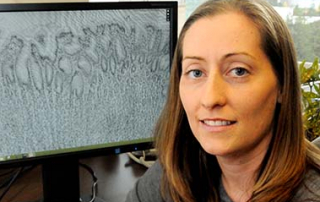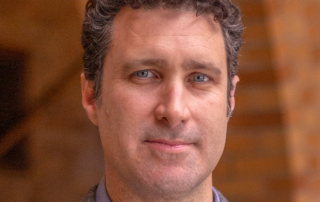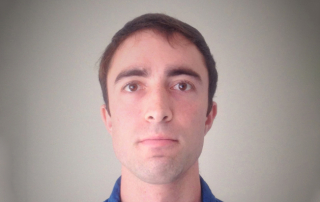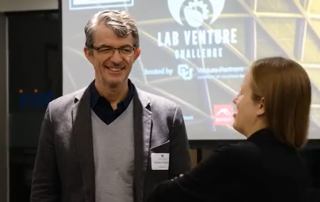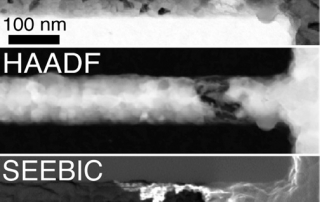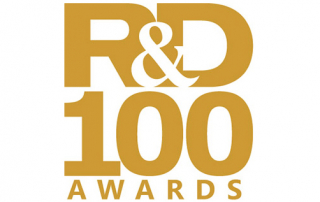Congrats to Laura Waller for Being Selected as an American Institute for Medical and Biological Engineering (AIMBE) Fellow in 2019
Laura Waller has been selected as a 2019 AIMBE Fellow. The College of Fellows – 2,000 individuals who are outstanding bioengineers in academia, industry, clinical practice, and government. These leaders in the field have distinguished themselves through their contributions in research, industrial practice and/or education. Fellows are nominated each year by their peers and represent the top 2% of the medical and biological engineering community. They are considered the life-blood of AIMBE and work towards realizing AIMBE’s vision to provide medical and biological engineering innovation for the benefit of humanity.
